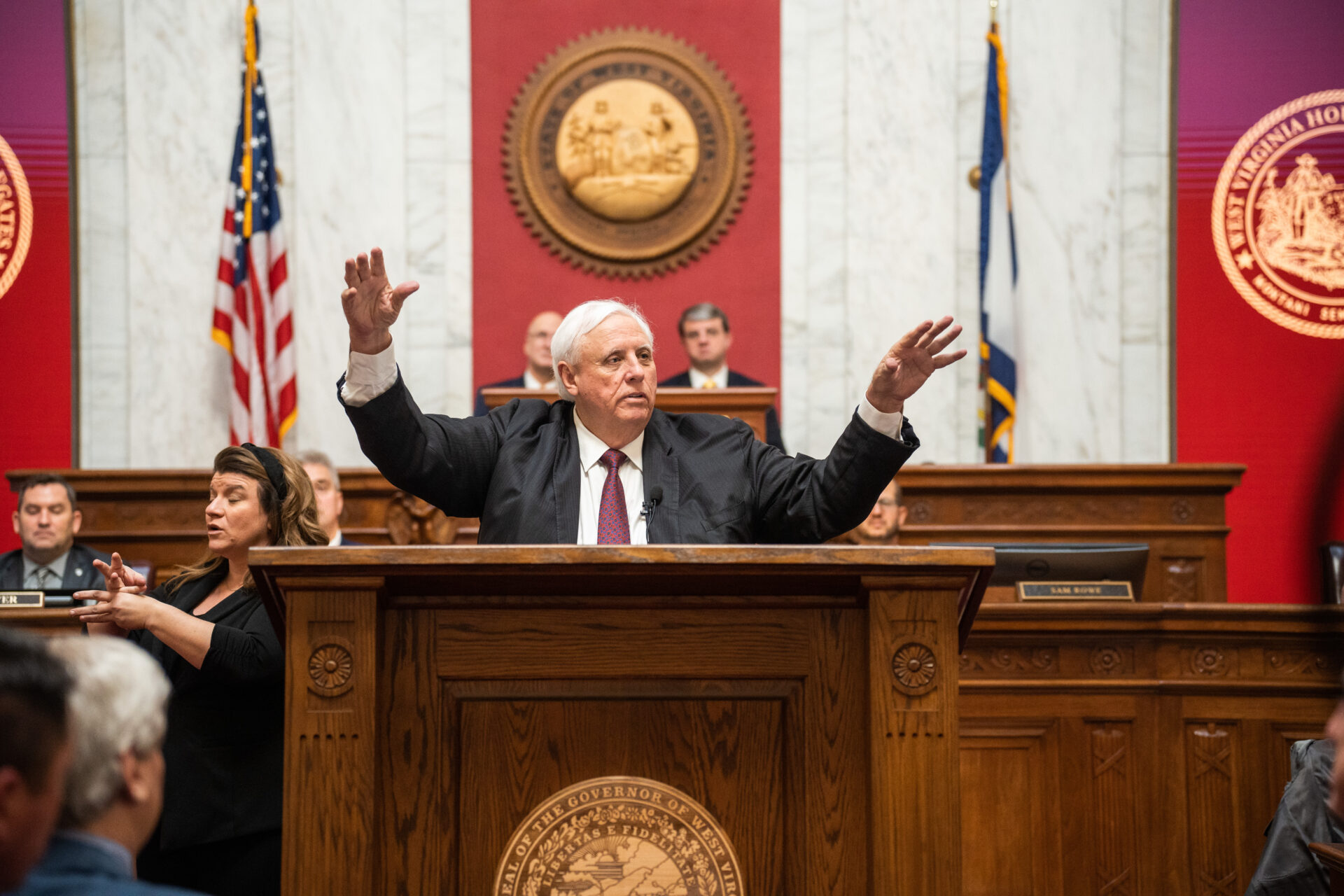Curtis Tate spoke with the company’s CEO, Sanjiv Malhotra, about those batteries and what made West Virginia a good fit.
With millions of dollars in federal support, Sparkz will soon begin building lithium batteries for energy storage and electric vehicles at a shuttered glass factory in Bridgeport.
Curtis Tate spoke with the company’s CEO, Sanjiv Malhotra, about those batteries and what made West Virginia a good fit.
This interview has been edited for length and clarity.
Tate: Describe the chemistry of the lithium batteries you’ll build. What are the advantages over nickel and cobalt?
Malhotra: So the other chemistry within lithium ion batteries is lithium iron phosphate, or in short, it’s called LFP, and that is the chemistry that Sparkz is focused on. It’s very stable, very safe. Much. Safer than (Nickel Manganese Cobalt) and much lower cost than NMC. So this is much lower cost, almost about 40 percent lower in cost, and the life of the battery itself is about three to four times that of the NMC. LFP is about 5,000 cycles, whereas NMC is about 1,500 cycles. So all these advantages, you know, make LFP very attractive. The only challenge LFP has compared to NMC is the energy density, but we are addressing that by being able to provide ultra-fast charging. LFP, that’s our proprietary technology. That means ultra-fast charging means we can charge from zero to 100 percent in 15 to 20 minutes.
This is the catalyst to make the (electric vehicle) market transition from the early adopter market, which was crazy after energy density or after range, because range and energy density are a function of each other. But as you transition to the mass market, it’s not so much about range as it is about cost and charging time. Not everyone has access to chargers. So if you’re going to a public charging station, the faster you charge, then others can charge.
Tate: Why West Virginia?
Malhotra: Affordability of utilities, both power and water, and availability of land and accessibility. West Virginia essentially is accessible by Tennessee, the area where a lot of the electric vehicle manufacturers are located or are locating. Again, the same with Michigan, the same with Ohio. The most important, Curtis, is that the workforce is a very well trained workforce in safety, and safety plays a major role in battery manufacturing, because if the safety is compromised, you’re compromising the output of the battery, and that can be fairly hazardous. West Virginia, or essentially the coal sector, provides a lot of very well trained workforce. And two things, one is safety, the safety discipline, and second is process oriented. And those are the two key things when we look at manufacturing, this is you’re essentially producing a chemical. And this workforce is heavily trained, the workforce in West Virginia to produce chemicals. So that’s why West Virginia.
Tate: Will displaced mine and power plant workers be hired for these positions?
Malhotra: Yes, because you know it, I know it, Curtis, that the coal sector has, over the years, over the last couple of decades, diminished immensely in production, and that has resulted in several hundred, maybe thousands, of mine workers being displaced. So our intent is to bring folks from there. But there are others also, l not too far from where we are, in Morgantown, there is the (Mylan) pharmaceutical plant, which shut down. Shutting down that factory also resulted in (job losses for) very well trained workers, again, workers trained in the safety discipline and process. Our pharmaceutical industry is again a very similar industry to ours. So we will have a pick of the best from the coal community, as well as from Mylan.
Tate: There’s an election coming up. Are you concerned that a change in the White House could curb some of the clean energy investments that have helped you stand up your plant?
Malhotra: What I have heard from basically both the candidates is the same that this shall continue. Batteries are not just needed for electric vehicles. Batteries are needed for energy storage. The growth in the data center market is so significant I can’t even put a number to it, and there’s a huge delta in what our grid can supply for the data center market, especially with the growth in AI. If you look at Northern Virginia, that’s where the data center belt is happening, and data centers are happening in West Virginia as well.
So with utilities like Dominion and few others just racing ahead with basically locking up energy storage or batteries for the next five, 10, 15 years. So there’s a huge demand that we cannot even fathom at this point for energy storage. And if we lose this opportunity to manufacture and manufacture across the value chain, not just the complete battery, but across the value chain, the material for lithium batteries, the cells and the battery pack. We need to have that manufacturing set up in the United States in the next five, six, seven years, because if we miss the train, I think we are going to be losing out on whether it is electric mobility, whether it is renewables, whether it is the need for satisfying the power that data as we grow in digitalization.
